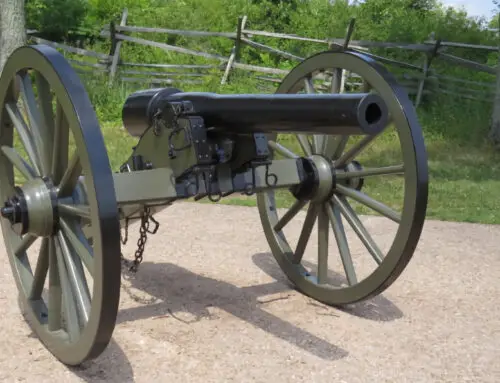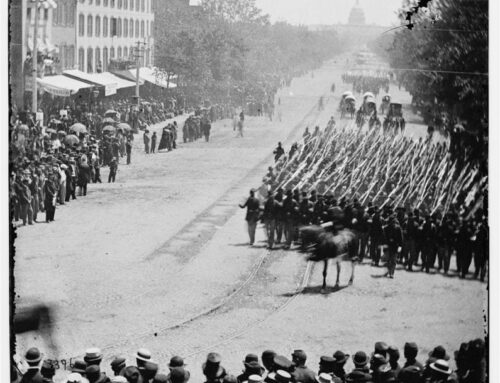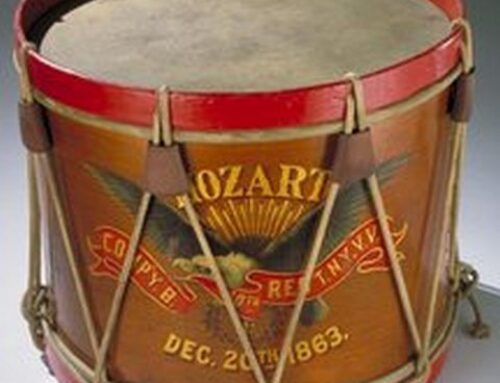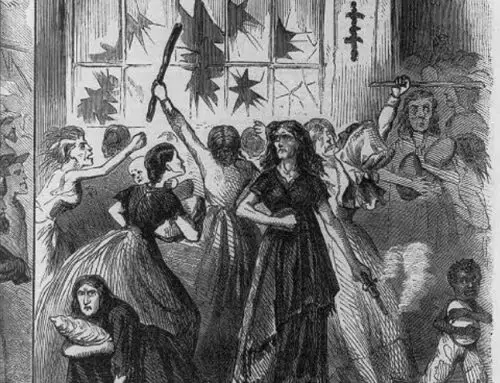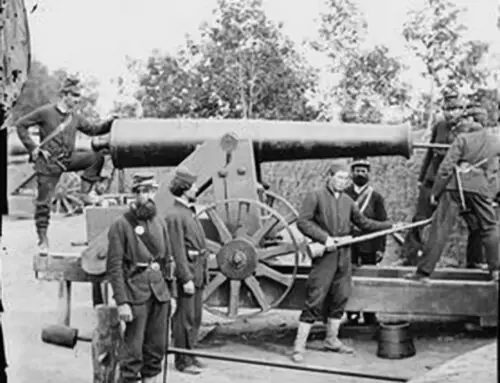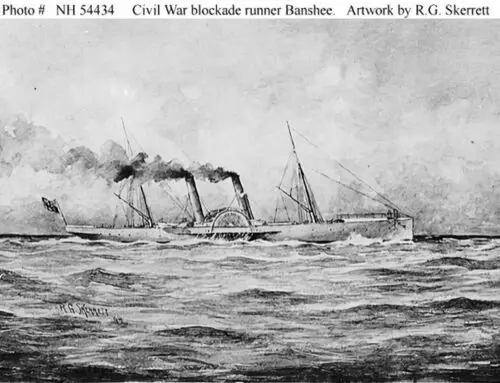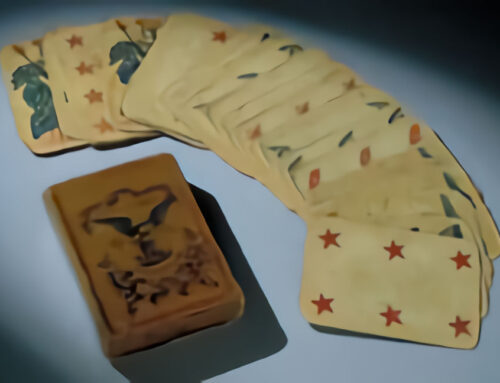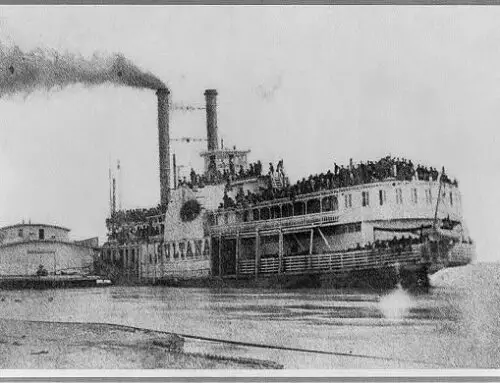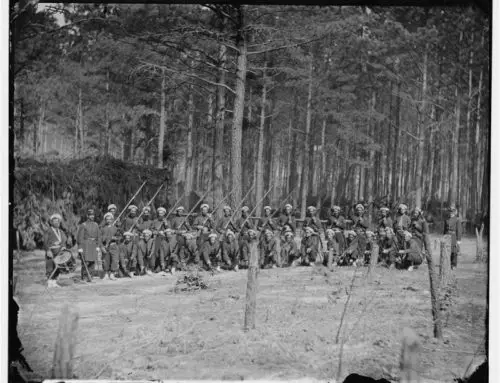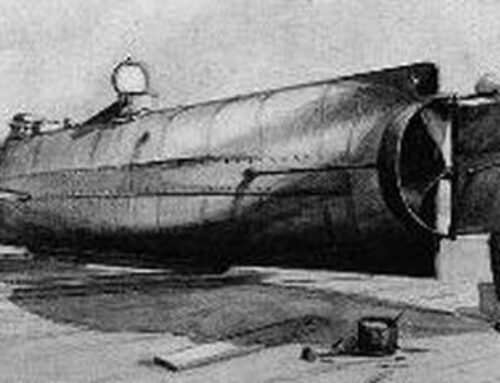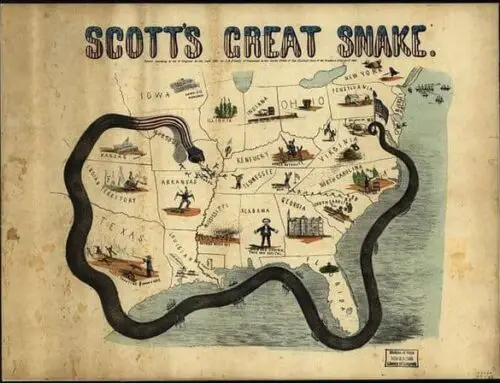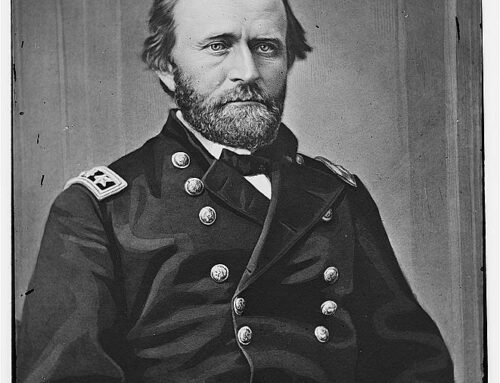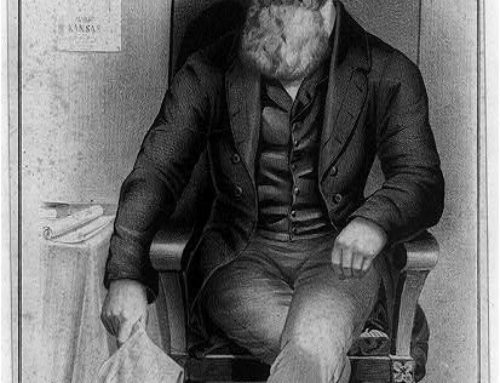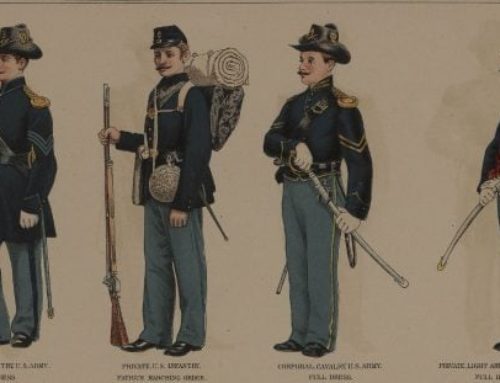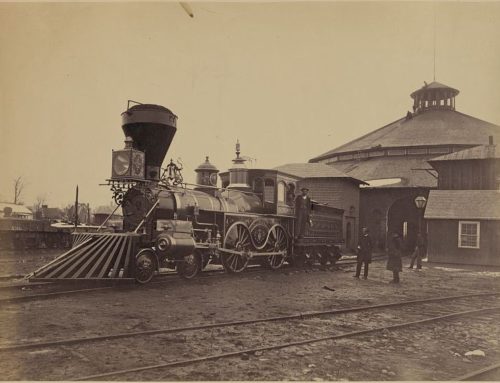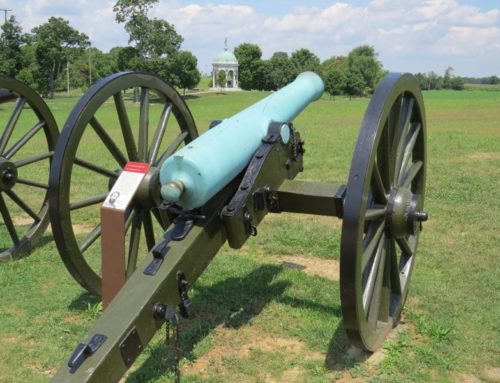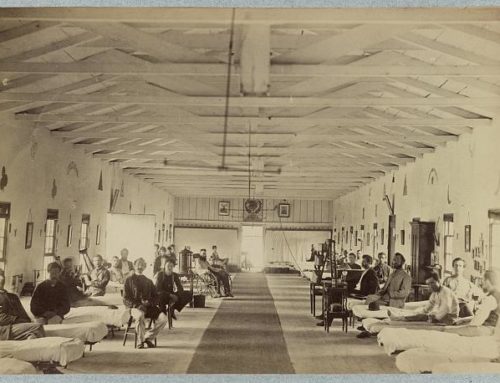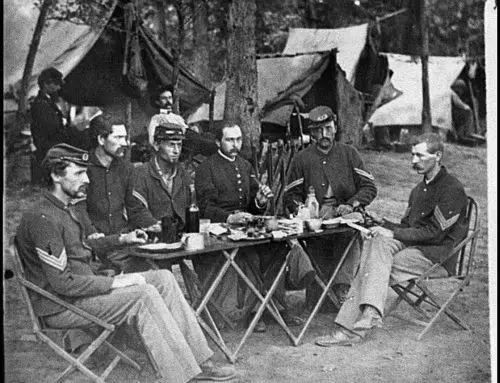(1823-1886)
Mary Chesnut was famous for keeping a diary that chronicled the struggles many people on both sides of the war, black and white, soldier and civilians, had during the Civil War. Her journal gave readers an inside view of what life was really like for Confederate citizens, especially the women population, of America’s darkest days.
Mary Chesnut was born in Statesburg, South Carolina on March 31, 1823. The eldest of five children, all the children were the offspring of wealthy owners of a plantation where her father was a prominent politician. Her father was a South Carolina Senator and had previously served in the House of Representatives.
Educated and highly intelligent, she would learn the art of writing at a very early age, and this would serve her and the nation well, chronicling the American Civil War from a Southern woman’s perspective.
One of the greatest things that she did was write her diary which began in 1861, about the same time as the Civil War started. She was writing her diary to follow the actions and movements of her husband, while he completed his duties for the southern cause. After the wars initial first battles, she began to see the actual gruesomeness and blood lust representative of both sides North and South.
She began to write of the bloody horrors that she saw and she recorded some of the biggest battles of the Civil War from her own personal perspective. She wrote while she was on the sidelines of the battles, watching her husband and praying that he was not wounded or killed.
She would tend to the sick and wounded soldiers and help those around the battlefield with the mourning and the loss of their loved ones. She was a strong protestor against the Southern leaders for women suffrage rights. She was very outspoken on the things she observed from watching the war. She wrote about touchy situations involving slavery, such as White men having children with enslaved women.
Her writings spoke to the common people of the era; it broke down the racial and socio-economic barriers that were tearing the country apart. She passed away on November 22, 1886 and this day is remembered each year on her death-anniversary in the town of Camden, South Carolina. It would be a very hard and essentially impossible task to try to find one other woman, from either side, that did as much for the people of the war, as Mary Chesnut.

